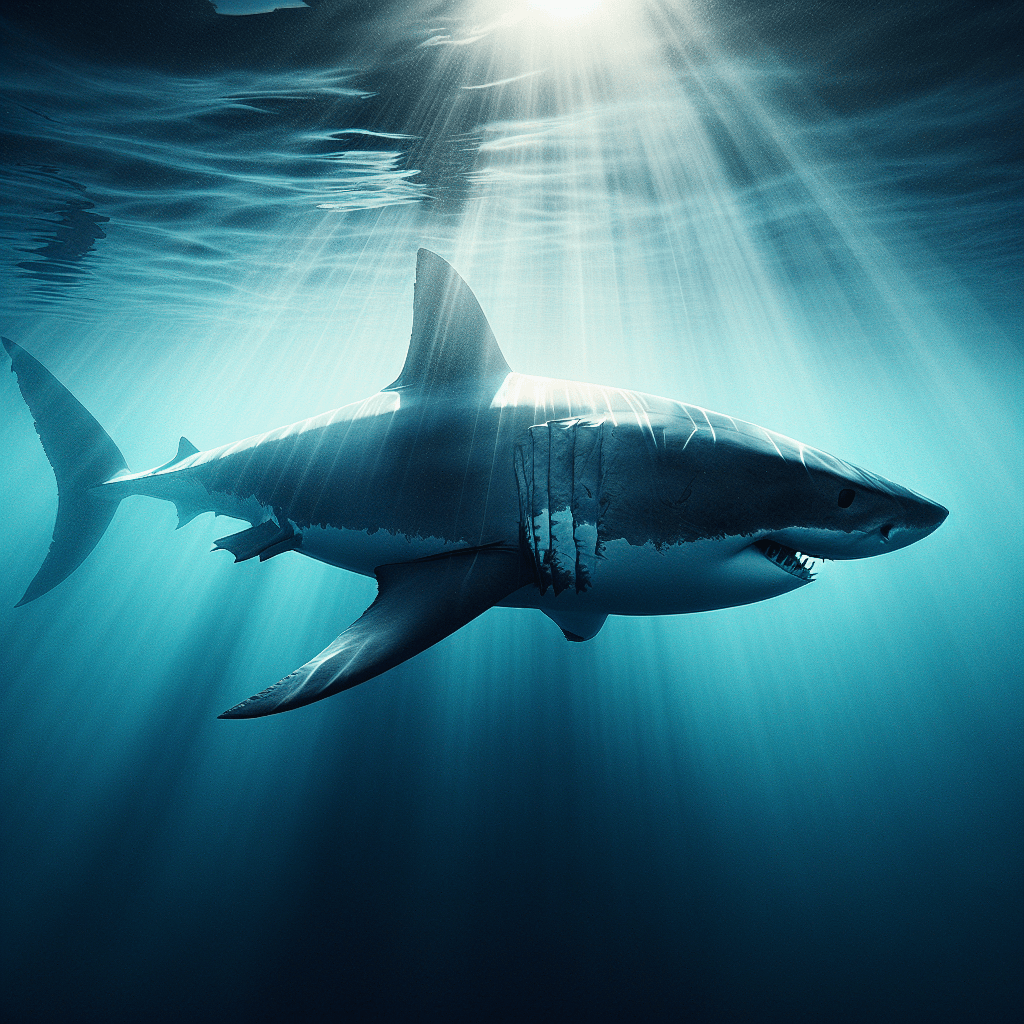The Remarkable World of Great White Sharks: Understanding the Apex Predator of the Oceans
Great white sharks, also known by their scientific name Carcharodon carcharias, have captivated human imagination and incited fear for centuries. These apex predators are one of the most powerful creatures in the ocean, characterized by their impressive size, strength, and predatory efficiency. Here we delve into understanding the biology, behavior, and conservation efforts surrounding these magnificent fish.
An Introduction to Great White Sharks
Great white sharks are found in coastal surface waters in all major oceans and are particularly notable for their size. They can grow to lengths of over 20 feet (6 meters) and weigh up to 5,000 pounds (2,268 kilograms). These creatures have evolutionary roots that trace back millions of years, and they are a critical part of marine ecosystems. As apex predators, great whites play a significant role in controlling the populations of other marine animals and thus help maintain the health and balance of ocean life.
Biology and Physical Characteristics
The body of a great white shark is torpedo-shaped which provides them with incredible speed and agility in the water. Their powerful tails can propel them through water at speeds that exceed 15 miles per hour (24 kilometers per hour), and they have been known to breach the surface dramatically while hunting.
Their skin is covered in a layer of rough, tooth-like scales called dermal denticles which reduce drag while swimming. One of the most striking features is their rows of serrated teeth designed for slicing through flesh. These sharks are equipped with an extraordinary sense of smell, allowing them to detect a single drop of blood in an expanse of water.
Diet and Hunting Strategies
Despite frequent sensationalism in media and myths surrounding their feeding habits, great whites primarily feast on fish and marine mammals such as seals, sea lions, and sometimes dolphins or whales. They use stealth tactics to ambush prey and are famously known for their breaching behavior during such attacks.
Great white sharks take advantage of a “bite-and-spit” method where they inflict a major wound to their prey then wait for it to weaken from blood loss before consuming it. This technique demonstrates their strategic intelligence as predators as it minimizes potential injury from struggling prey.
Social Behavior and Mating Rituals
Contrary to popular belief that they are lone hunters, great whites can exhibit complex social behaviors. They sometimes follow migration patterns determined by food availability and mating opportunities. Great white mating rituals remain largely a mystery to scientists, but some observations suggest that bite marks on females could indicate mating practices.
Conservation Efforts and Misconceptions
Humans are the most significant threat to great white sharks due to fishing activities—both intentional and accidental— which can lead to injury or death. Additionally, their slow growth rate and late sexual maturity imply that their populations cannot quickly rebound from depletion.
Conservation efforts include protected areas such as marine reserves where these sharks can hunt and breed without interruption. Further steps encompass working to dispel misconceptions about great whites through education, aiming to shift public perception from fear-based to respect-driven fostering a greater willingness to support shark conservation measures.
Human Interactions and Safety Protocols
Great white shark attacks on humans are rare but can be deadly. Most incidents occur under conditions that impair the shark’s senses leading them to mistake humans for typical prey. Researchers emphasize coexistence strategies such as avoiding habitats where sharks feed during peak times or being cautious when participating in water activities where sharks are known to exist.

